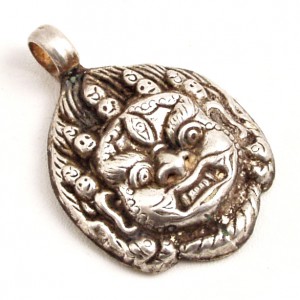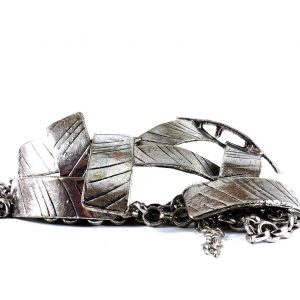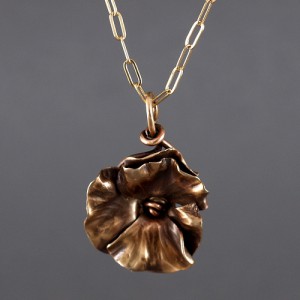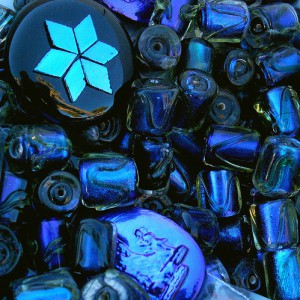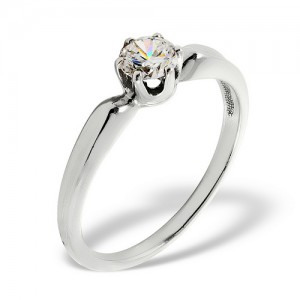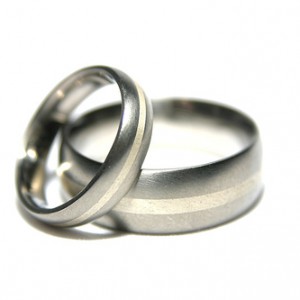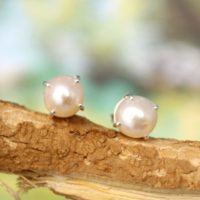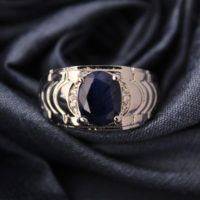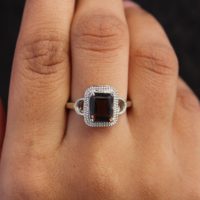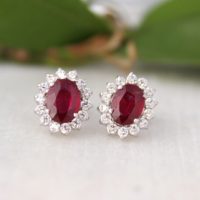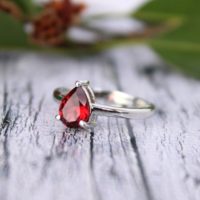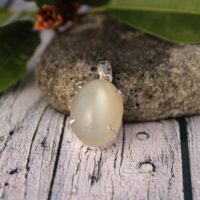Jewelry Making Metals
Alloy
A metal made from the combination of two or more base metals. These metals must be completely molten together to be called an alloy. Brass, white gold, sterling silver and pewter are examples of alloys.
Base Metal
A common metal not considered to be precious. Examples include nickel, copper, aluminum, and zinc. Base metal findings tend to oxidize or corrode relatively easily in comparison with precious metals like silver and gold. They also produce more allergic reactions. Base metals are much cheaper than precious metals so they are best to use while designing, even if your final piece will be made with precious metals.
Brass
An alloy of copper and zinc. Its malleability makes it easy to mold and it can also be worked “cold”. Brass wire give a distinctive color to pieces. Brass beads are sometimes plated with silver, gold or other precious metals. Different techniques are used to colorize brass beads including oxidation and polishing. The finest brass beads are imported from Africa or Asia.
Bronze
An alloy of copper consisting of copper mixed with tin. The term “bronze” is also used to describe objects that are the color of bronze, which is a deep brown. photo credit
Cobalt
A lustrous, magnetic, silvery-white metal with a blue tint. Cobalt has been detected in Egyptian sculpture and Persian jewelry dating all the way back to third millennium BC, and in Chinese artifacts dated as early as AD 607. True cobalt beads are not often seen in typical beading applications. However the term cobalt is used to describe the deep, lustrous blue color of beads made of other materials. photo credit
Copper
Copper is a reddish-orange metal and one of the elements in the periodic table. Pure copper is soft, so it is often mixed with other metals to create stronger alloys like bronze and brass. Copper is also usually the main alloying metal in sterling silver. Copper is a very good electrical conductor, and is sometimes used to make therapeutic bracelets. photo credit
Gold
A precious metal and an element in the periodic table. Gold is very malleable, as well as being resistant to corrosion. Like copper and silver, pure (24 karat) gold is very soft and so it is usually alloyed with other metals when used in jewelry. Copper is the most often used alloy, which yields a pretty rose gold when higher percentages are used. White gold is gold alloyed with nickel, palladium, or other white metals.
Platinum
A heavy, malleable, corrosion resistant, grey-white precious metal. Platinum is more precious than gold. Though platinum beads can be purchased through specialty dealers, platinum is rarely used in typical beading applications and is found mostly in fine jewelry. For example, the frame of the Crown of Queen Elizabeth, the Queen Mother, is made of platinum. But like all metal names, it is sometimes used in color descriptions rather than literally. photo credit
Silver
A metal and an element in the periodic table. Like copper and gold, pure silver is very soft, so is often mixed with other metals to make it stronger. The most common silver alloy used in jewelry is sterling silver, which is 92.5% silver and 7.5% copper. Silver wire and sheets can also be hardened by being hammered. Sterling silver jewelry may be plated with a very thin coat of fine silver to give it a shinier finish. Silver is often mixed into colored gold alloys to make them paler and harder.
Sterling Silver
An alloy of silver consisting of 92.5% silver and 7.5% other metals, usually copper. Contrast with fine silver, which is 99.9% pure silver, but generally too soft to use for jewelry.
Titanium
A lightweight, gray-colored metal and an element in the periodic table. Titanium is corrosion resistant and very strong. It is inert (non-allergenic), and therefore often used in body jewelry. Titanium can be anodized to produce various colors. photo credit
